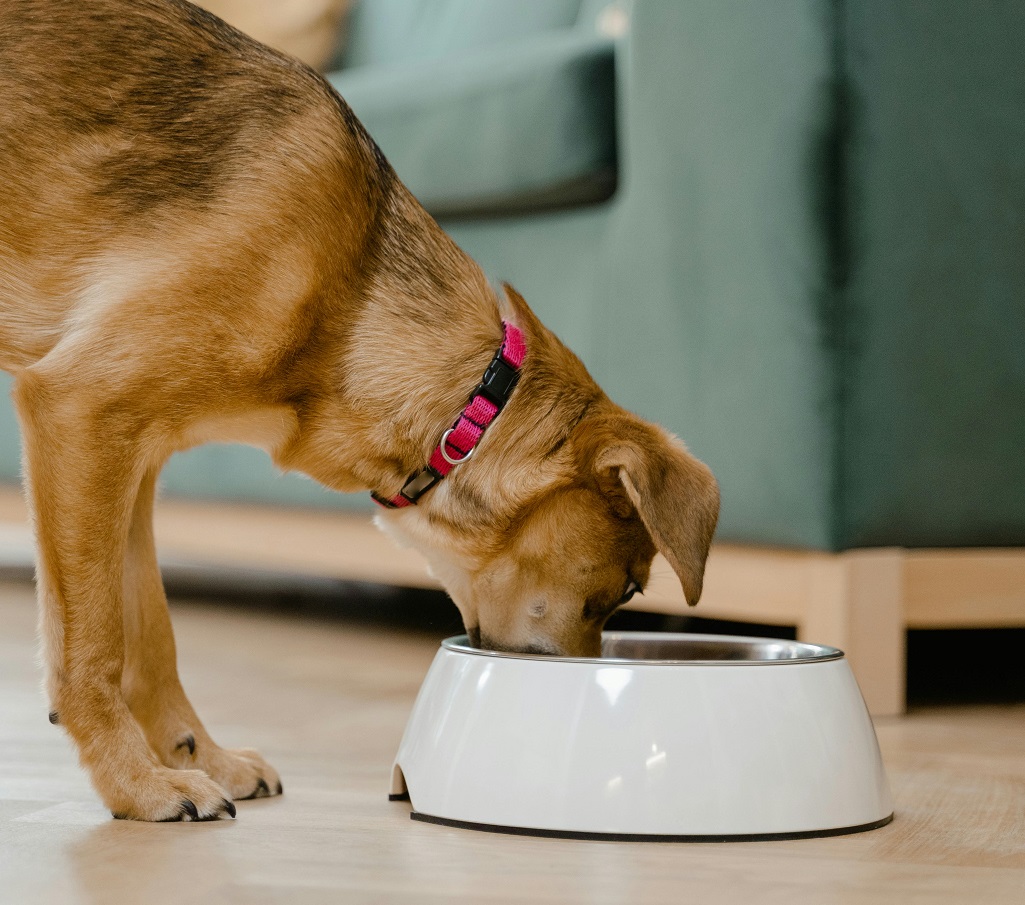Why does the dog take goodies but not his food? As a dog owner, it can be worrisome when your pup turns away from their usual meals but happily munches on treats. This behavior is relatively common and may result from various causes, including health concerns or behavioral patterns. By identifying the root of this issue, you can take the proper steps to resolve it and keep your dog on a balanced, nutritious diet. We have to know why the dog takes goodies but not his food.
Why does the dog take goodies but not his food?
1. Health Issues
Why does the dog take goodies but not his food? A sudden loss of appetite for regular food could indicate an underlying health problem. Conditions such as dental pain, digestive issues, or infections can make eating uncomfortable for your dog. If your dog’s appetite doesn’t improve, consult your veterinarian for a check-up.
2. Picky Eating Habits
Why does the dog take goodies but not his food for eating healthy food? Dogs can develop picky eating habits if they’re regularly given treats or table scraps. Treats are often more flavorful and appealing than regular kibble, leading dogs to hold out for the tastier option. I
3. Food Aversion
Sometimes, dogs develop an aversion to their regular food due to changes in its smell, texture, or taste. Food aversion can also occur if your dog associates the food with a negative experience, such as an upset stomach.
4. Behavioral Factors
Your dog might not eat their food as a way to seek attention. If you give them treats when they refuse their meal, they may learn to repeat this behaviour to get what they want.
5. Stress or Anxiety
Stress and anxiety can affect a dog’s appetite. Moving to a new environment, changes in routine, or the presence of other pets can make your dog less inclined to eat their regular food.
How to Encourage Your Dog to Eat Regular Food
Stick to a Feeding Schedule
Offer meals at the same times each day and remove the food after 15–20 minutes, even if they don’t eat. This helps establish a routine and discourages picky eating.
Limit Treats
Reduce the number of treats given throughout the day. Treats should only make up about 10% of your dog’s daily calorie intake.
Enhance Their Food
Add a small amount of wet food, bone broth, or a sprinkle of shredded chicken to their kibble to make it more appealing.
Switch Food Gradually
If your dog consistently refuses their current food, consider switching to a new brand or flavor. Make the transition gradual to avoid digestive upset.
Provide a Calm Eating Environment
Create a quiet, stress-free space for your dog to eat without distractions or competition from other pets.
How to Reintroduce Regular Meals to Your Dog
1. Cut Down on Treats
To make sure your dog is sufficiently hungry to eat their normal meals, reduce the quantity of treats you give them.
2. Adhere to a feeding plan
Serve meals every day at the same time, and take away any food that isn’t consumed within 20 to 30 minutes. This stops grazing and helps create a routine.
3. Add a Delicious Ingredient
To make their kibble more palatable, try adding a tiny bit of wet food, low-sodium broth, or just boiled chicken.
4. Modify Their Diet
Your dog may not enjoy their food if they refuse it on a regular basis. To test whether there is a difference, try a different flavor or brand.
5. Look for Health Concerns
To rule out any health issues, take your dog to the veterinarian if the issue continues.
6. Add Fun to Mealtime
Your dog will find mealtimes more interesting and stimulating if you use puzzle feeders or food-dispensing toys.
7. Establish a Stress-Free Dining Space
Give your dog their food in a calm, cozy area where they feel secure and at ease.
Concluding: Why does the dog take goodies but not his food
It’s critical to determine the reason if your dog is refusing meals but is still enjoying treats. Early intervention can help your dog get back on track with a balanced diet, regardless of the cause—be it behavioral, nutritional, or health-related. You can make sure your dog keeps up a happy and healthy eating schedule by making a few adjustments and, if needed, seeking advice from a veterinarian.
FAQs: Why does the dog take goodies but not his food
Happy to take treats, but ignoring his regular food?
Treats are usually more palatable for dogs: they smell, taste, and feel richer than kibble or regular meals. Just as we humans sometimes prefer a little snack over an actual meal, dogs may run toward “high-value” snacks.
Is my dog just being picky, or is it something more serious?
It can be both. While some dogs simply have difficulty choosing something to eat, though they are still willing to accept treats, refusal to eat food but eating treats can also be a sign of dental pain, stomach pain, discomfort, or an underlying health concern. If this continues, a vet visit is in order.
Could overtreating be the problem?
Yes. If a dog eats too many treats, it may be less engaged with its balanced meals. Treats are recommended not to exceed 10 percent of your pet’s daily caloric requirement to keep them in ideal nutritional balance and maintain appetite.
How can I stimulate my dog to eat his regular dog food?
You might also try adding a little wet food or broth, or a topper to the kibble to ramp up the flavor. Just like us, they get used to a routine, and reducing the number of treats and feeding them during smaller time windows can be beneficial.
At what point should I be concerned when my dog won’t eat?
If your dog refuses to eat once in a while but is otherwise lively and healthy, it’s not usually urgent. But if the refusal goes on for more than 24 to 48 hours, or if it is accompanied by lethargy or vomiting or diarrhea or weight loss, get in touch with a vet right away.

